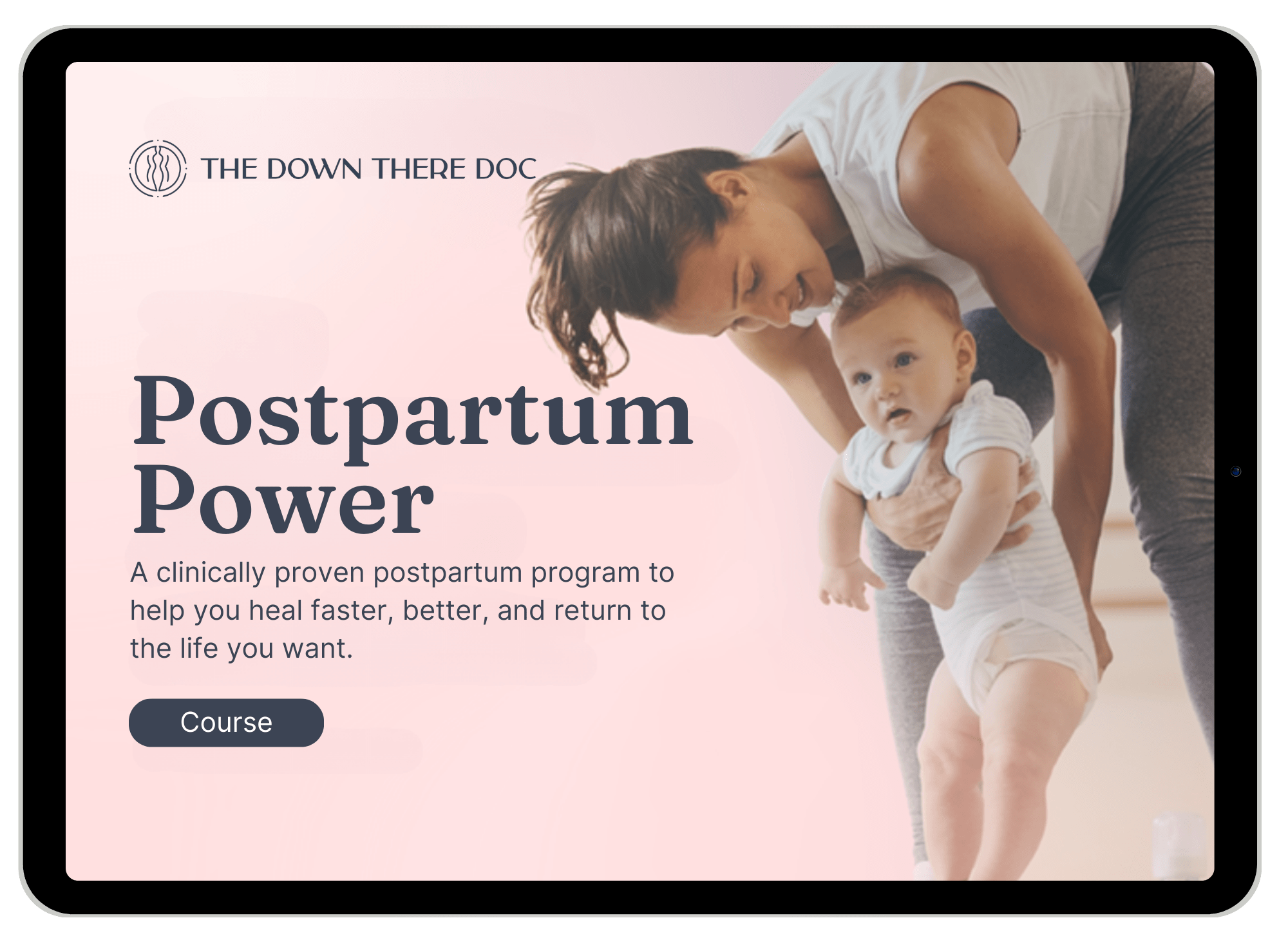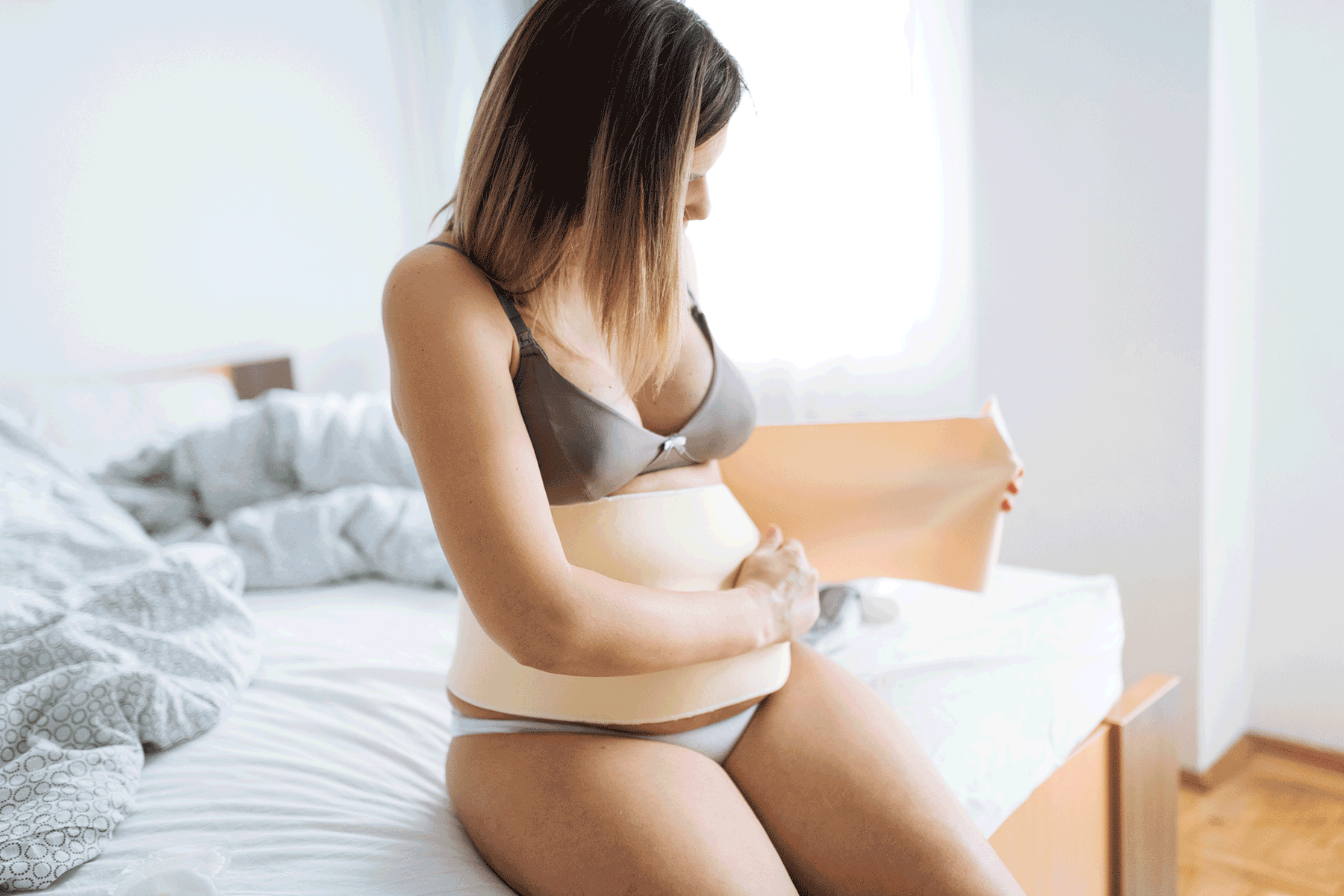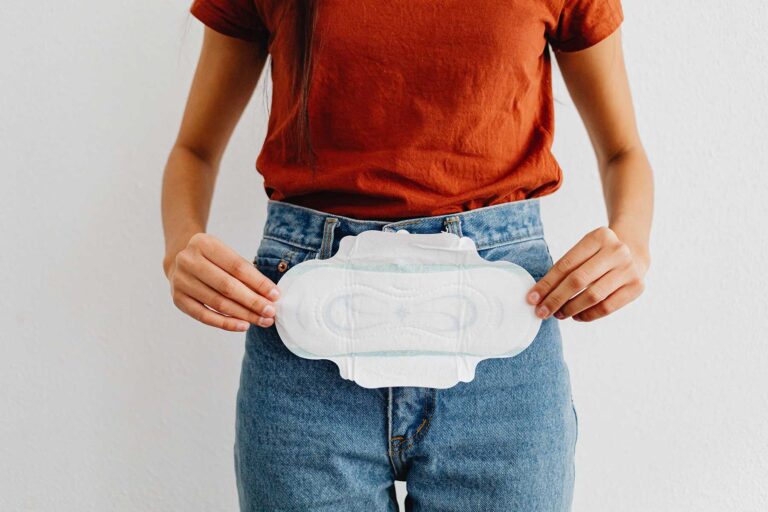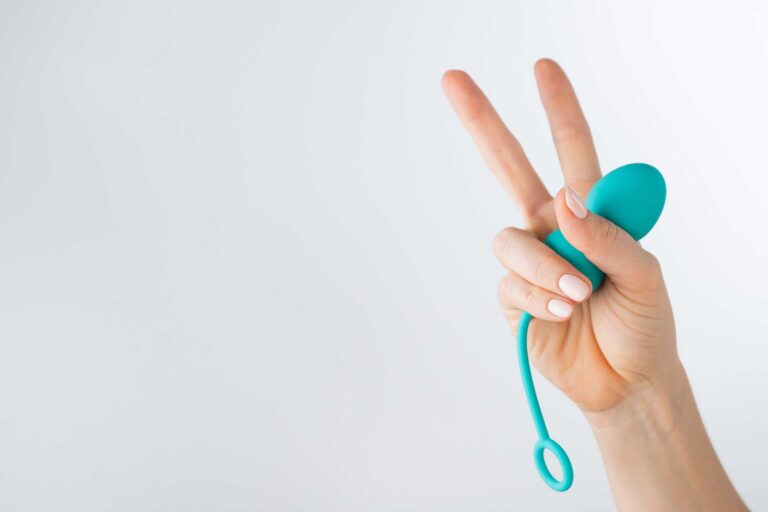During and after childbirth, your body goes through a lot of changes. One of the most significant changes is the stretching and weakening of your pelvic floor muscles. This can lead to urinary incontinence, pelvic organ prolapse, and other issues. Luckily, there are steps you can take to support your pelvic floor during the postpartum period, including the use of compression garments.
What is Compression?
Compression garments are tight-fitting clothing that provides pressure to specific areas of the body.
While compression garments have traditionally been associated with sports and exercise, they can also be beneficial for women during pregnancy and postpartum recovery. During pregnancy, compression garments can help to reduce swelling and improve circulation, which can alleviate discomfort and support the health of both the mother and the developing baby. Similarly, after giving birth, compression garments can help to support the body as it recovers from the physical stresses of pregnancy and childbirth.
See Also

Postpartum Power
How Compression Can Help After Childbirth
After childbirth, your body needs time to heal and recover. The use of compression garments can help support this process by:
- Reducing swelling and inflammation
- Supporting the pelvic floor muscles
- Improving circulation to the pelvic area
- Providing a feeling of comfort and security
- Gives the abdominal muscles extra support as they are healing
Choosing the Right Compression Garment
When choosing a compression garment, it’s important to find one that fits properly and provides the right amount of pressure. Your pelvic floor physical therapist can help you determine the best type of compression garment for your needs. Some common types of compression garments include:
Postpartum Recovery Leggings
My favorite leggings out there are from SRCHealth. These are medical-grade compression leggings, designed for both abdominal and pelvic floor support.
You’ll want leggings and compression that help support you in an upwards direction, versus only squeezing from the sides (more on that later!). SRC makes full leggings, biker shorts, and pregnancy compression as well.
This type of compression is graded upwards to help reduce swelling and pain, improve healing, and provide abdominal support to help reduce separation. You can start wearing them right away, as soon as you feel ready to do so.
If you find something you like at SRC Health, use code #Marcy_Crouch to get a discount!
C-section Friendly Compression
Most postpartum compression garments will be appropriate for c-section as well, however, sometimes you may want some additional scar support.
There is specific postpartum compression underwear that has a silicone patch for the scar. Check our Upspring for these (you can even use FSA/HSA for some of their products).
Remember you shouldn’t have anything directly on the scar until your doctor has cleared you for that, so make sure to check with your medical provider.
Frida-Mom also makes a “c-section scar bumper” which you can place OVER your SRC leggings for extra support.
Avoid these
Try to avoid a traditional “binder” or “corset” type of compression.
Not only are these uncomfortable and bulky, but they don’t offer any support down there, and can make prolapse, swelling, and pain worse.
Think about squeezing the middle of a tube of toothpaste — that’s what these types of compression do to your core. You want to stick with grade compression in an upward direction, rather than only from the sides.
When to Start Using Compression
It’s important to talk to your healthcare provider before using compression garments after childbirth.
In general, most women can start using compression garments within a few days of giving birth. However, it’s important to listen to your body and avoid anything that causes discomfort or pain.
Generally speaking, you can start in recovery leggings right away, and most Mamas want that extra support as they are navigating around the house with a newborn. That waterbed for an abdomen feeling is no joke, and having the right type of compression can help a lot, even with the simplest tasks like getting up from the couch or picking baby up after a diaper change.
Here’s the Bottom Line
The postpartum period can be a challenging time for new mothers and the use of compression garments can be a great help.
Although compression garments can help speed along recovery, they aren’t a “magic fix” per se. They are a great addition to a comprehensive recovery program, and many mothers love having them.
A proper recovery program takes into account every aspect of your body and lifestyle and provides you with a roadmap, support, and easy-to-do postpartum exercises to ensure you and your pelvic floor are on the road to recovery.
My online course, Postpartum Power, weaves simple pelvic floor and abdominal exercises into your everyday, postpartum, baby-caring, world-running life. And it actually works.
You’ll learn how to heal from vaginal tearing, stop leaking urine, reduce pain, and exercise and lift safely again, so your pelvic floor is supporting you and you feel amazing.
Here’s the link: https://www.thedowntheredoc.com/courses/postpartum-power
Because let’s face it, postpartum is hard, recovery shouldn’t be.








